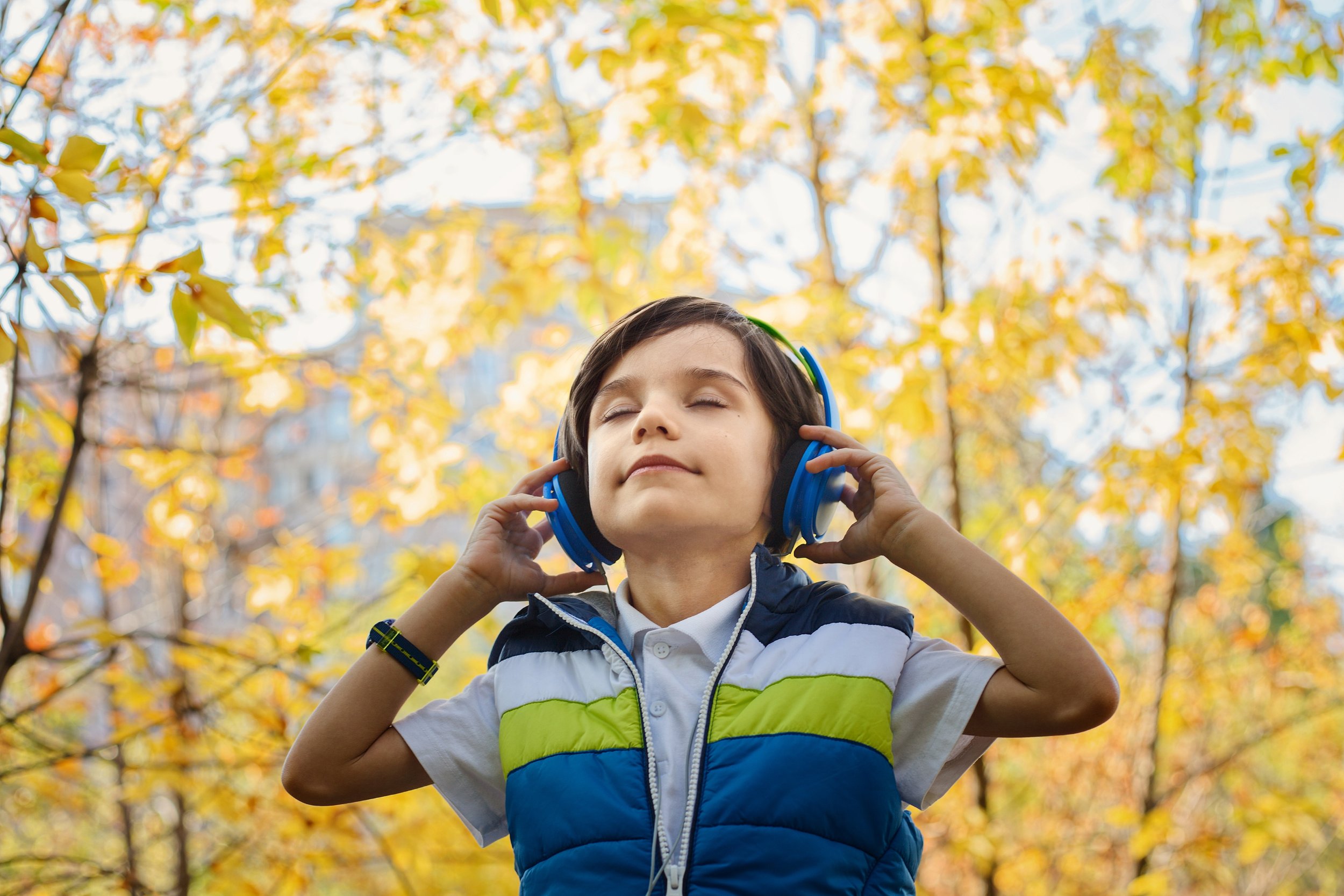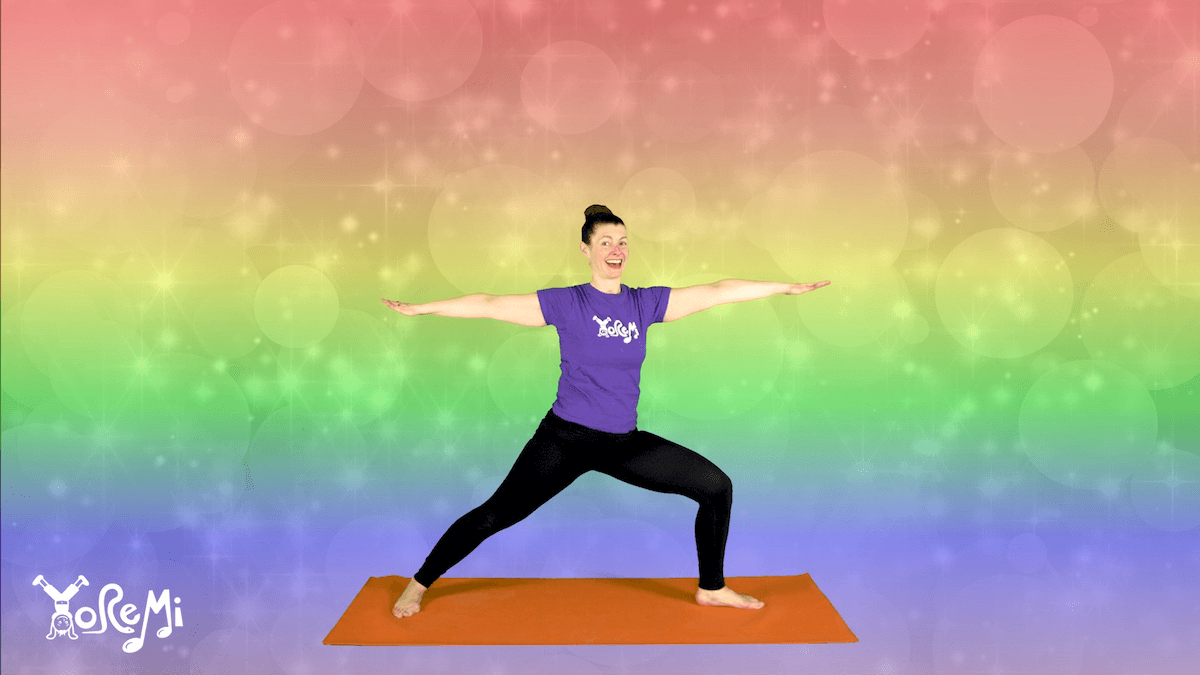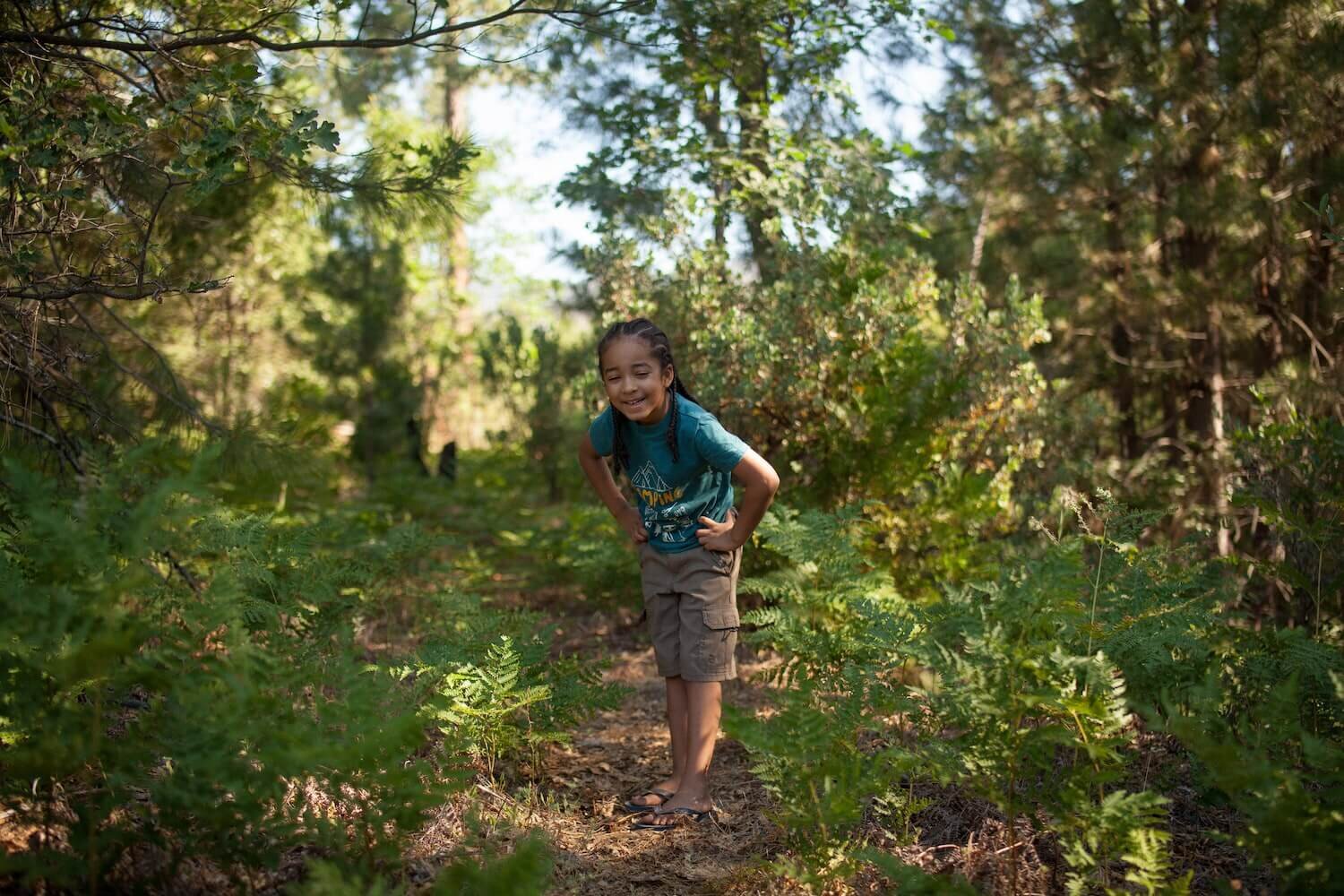Mindfulness Tools to Help Virtual Classrooms Survive the School Year
As we return to school in a drastically different environment than we’ve been accustomed to, parents and educators are scrambling to figure out ways to not only help their classrooms survive online schooling — but how to do so mindfully.
The pandemic has taken its toll on both grown ups and children, and we need mindfulness tools more than ever to stay afloat without sacrificing our mental, physical, and emotional wellness.
This mindfulness toolkit can help you and your virtual classroom (distance learning or homeschooling) create balance among the chaos, support healthy child development, and embrace mindful practices that promote health and wellness.
1. Create a Welcoming Routine Children Can Look Forward To
During a traditional school day, your child or classroom may be used to a set morning routine to kick off learning. Maybe that looks like circle time, or a morning read aloud. A welcoming routine brings children comfort, lets them know what to expect, and provides a reliable constant amid a world of ever-changing circumstances.
In Yo Re Mi classes, we start with our Hello song, which acknowledges every child by name. Here’s a video, for reference. We welcome you to add each child’s name for personalization.
2. Use Mindful Icebreakers to Promote Community Building
Virtual communication may seem like a roadblock to authentic community building among classrooms — but it doesn’t have to be. Icebreakers can still bring children together to create trust and community in a fun way!
We have a toolbox of musical yoga and mindfulness activities we use as classroom icebreakers, which can be really effective during these important first few weeks and throughout the school year! Here are some that needn’t require in-person interactions:
Breathing exercises: By practicing deep breathing, and especially a long exhale, we can activate our parasympathetic nervous system (relaxation response) and create an environment of belonging. See our library of breathing exercises here.
Name Game: Each person takes a turn saying their name, what letter or sound their name starts with, and something else that starts with that letter. Have the child create and lead a movement that corresponds to that object. Everyone then repeats the child’s name and corresponding object while doing the movement.
Affirmations: We are huge fans of kids affirmations for promoting a healthy inner dialogue. Even more so when adding kid-friendly yoga poses! Yoga pose or not, affirmations are powerful icebreakers that can make students feel confident, powerful, and positive.
3. Consider the Socioeconomic Implications of Virtual Schooling
It is no secret that virtual schooling provides fellow pupils and educators with insight to each other’s home life — sometimes, unfiltered. With such environments (and home routines) more on display than ever, sensitivity and consideration of our socioeconomic differences is important.
Here are mindful ways to support your students during virtual classes:
Manage expectations with a daily agenda
Consider making video optional; if this isn’t possible, encourage students to use a wall as their background or invite them to use a virtual background if available
Communicate with their caregivers to understand any barriers that may arise during virtual class
Use inclusive language like “your grown ups” instead of “parents”
Plan activities and assignments that promote inclusion, like storytime that includes diverse kids books
4. Provide Guided Screen Breaks between Online Class Activities
While virtual schooling has been a necessary classroom solution during this uncertain time, it has its downfalls as well. One being the increased seated schedule and screen time.
Traditional primary schooling allows for movement and breaks, but remote work can often be the enemy of eye health.
At Yo Re Mi, we implemented screen breaks in our musical yoga app’s adventures and even created this eye yoga guide for good eye health in a modern world. Here’s a preview of one of the eye yoga exercises; you can find our full eye yoga series on the Yo Re Mi App.
5. Integrate Movement and Art Programming
As with eye health, virtual schooling can take a toll on our bodies. Increased sitting in front of a device and even the absence of a commute to school reduces the opportunities for movement! Our creativity may also suffer when we don’t have as much opportunity for collaboration and a free sharing of ideas.
When lesson planning for the week, be sure to include movement and art activities to continue supporting each child’s growth. Here are some ideas:
Coloring assignments, where the student can share their work with the classroom onscreen. Check out our yoga coloring pages for free printables.
Virtual field trips that encourage cultural exploration, art history, and travel. Here’s a list of virtual adventures to help you get started.
Kids Yoga Classes that include music and mindfulness practices (you can subscribe to a kids yoga app for videos or bring in a virtual yoga teacher)
6. Embrace an Educator’s Mindfulness Practice
As educators and child development professionals, we must remember to prioritize our wellness too! In order to effectively lead a mindful classroom (virtual or not) and prevent burnout, honoring our own educator’s mindfulness practice is essential.
Here’s a link to our two-part series on Building a Mindfulness Practice for Educators, which you can read in depth, and a guide to yoga poses to help reduce stress and anxiety during this time.
We are all in this together!
With mindful consideration, planning, and an open mind, we will be able to support our classrooms and students (and their growth) in a positive way.
MORE MINDFUL RESOURCES:
Save this article for later and don’t forget to download the Yo Re Mi app for children’s mindfulness and musical yoga videos.














